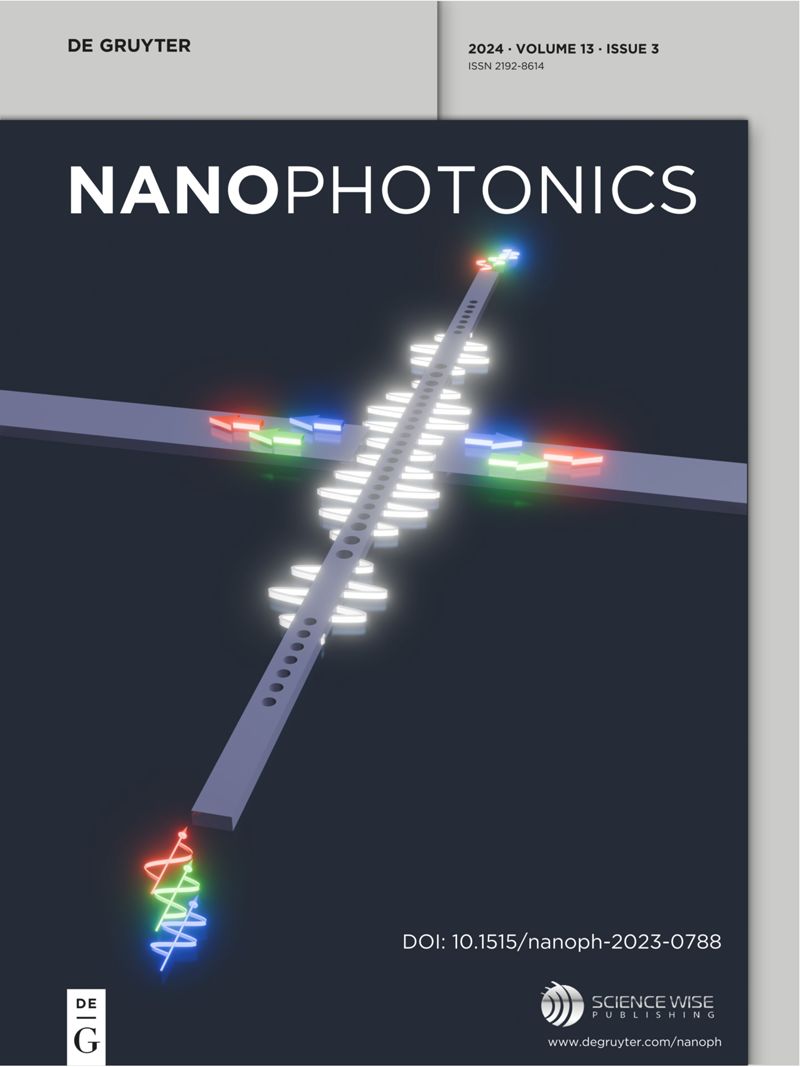Empowering nanophotonic applications via artificial intelligence: pathways, progress, and prospects
IF 6.5
2区 物理与天体物理
Q1 MATERIALS SCIENCE, MULTIDISCIPLINARY
引用次数: 0
Abstract
Empowering nanophotonic devices via artificial intelligence (AI) has revolutionized both scientific research methodologies and engineering practices, addressing critical challenges in the design and optimization of complex systems. Traditional methods for developing nanophotonic devices are often constrained by the high dimensionality of design spaces and computational inefficiencies. This review highlights how AI-driven techniques provide transformative solutions by enabling the efficient exploration of vast design spaces, optimizing intricate parameter systems, and predicting the performance of advanced nanophotonic materials and devices with high accuracy. By bridging the gap between computational complexity and practical implementation, AI accelerates the discovery of novel nanophotonic functionalities. Furthermore, we delve into emerging domains, such as diffractive neural networks and quantum machine learning, emphasizing their potential to exploit photonic properties for innovative strategies. The review also examines AI’s applications in advanced engineering areas, e.g., optical image recognition, showcasing its role in addressing complex challenges in device integration. By facilitating the development of highly efficient, compact optical devices, these AI-powered methodologies are paving the way for next-generation nanophotonic systems with enhanced functionalities and broader applications.求助全文
约1分钟内获得全文
求助全文
来源期刊

Nanophotonics
NANOSCIENCE & NANOTECHNOLOGY-MATERIALS SCIENCE, MULTIDISCIPLINARY
CiteScore
13.50
自引率
6.70%
发文量
358
审稿时长
7 weeks
期刊介绍:
Nanophotonics, published in collaboration with Sciencewise, is a prestigious journal that showcases recent international research results, notable advancements in the field, and innovative applications. It is regarded as one of the leading publications in the realm of nanophotonics and encompasses a range of article types including research articles, selectively invited reviews, letters, and perspectives.
The journal specifically delves into the study of photon interaction with nano-structures, such as carbon nano-tubes, nano metal particles, nano crystals, semiconductor nano dots, photonic crystals, tissue, and DNA. It offers comprehensive coverage of the most up-to-date discoveries, making it an essential resource for physicists, engineers, and material scientists.
 求助内容:
求助内容: 应助结果提醒方式:
应助结果提醒方式:


